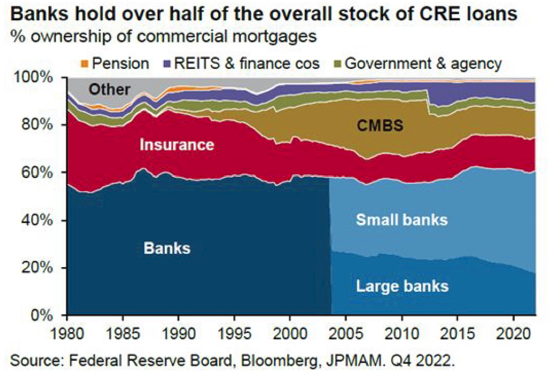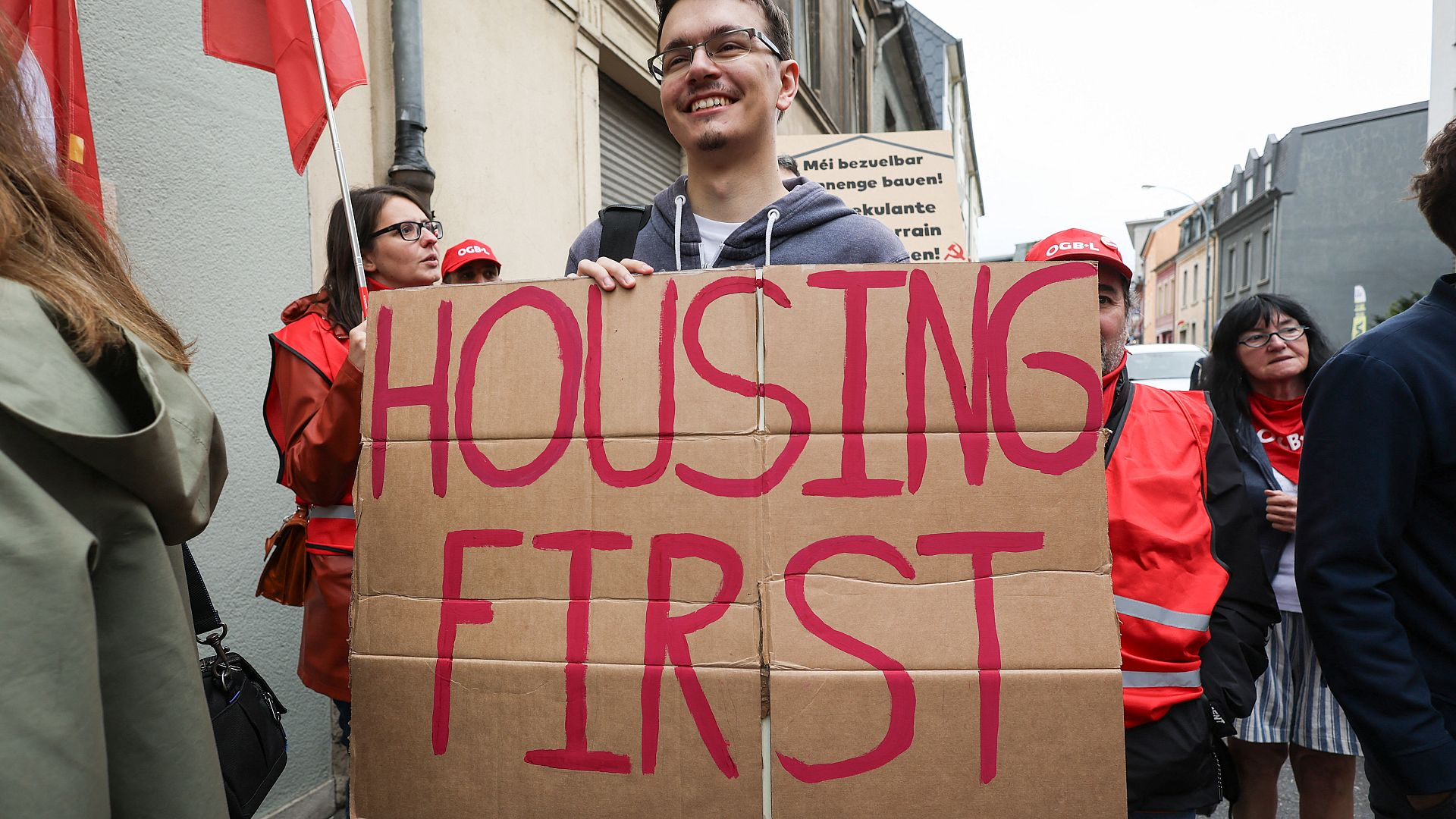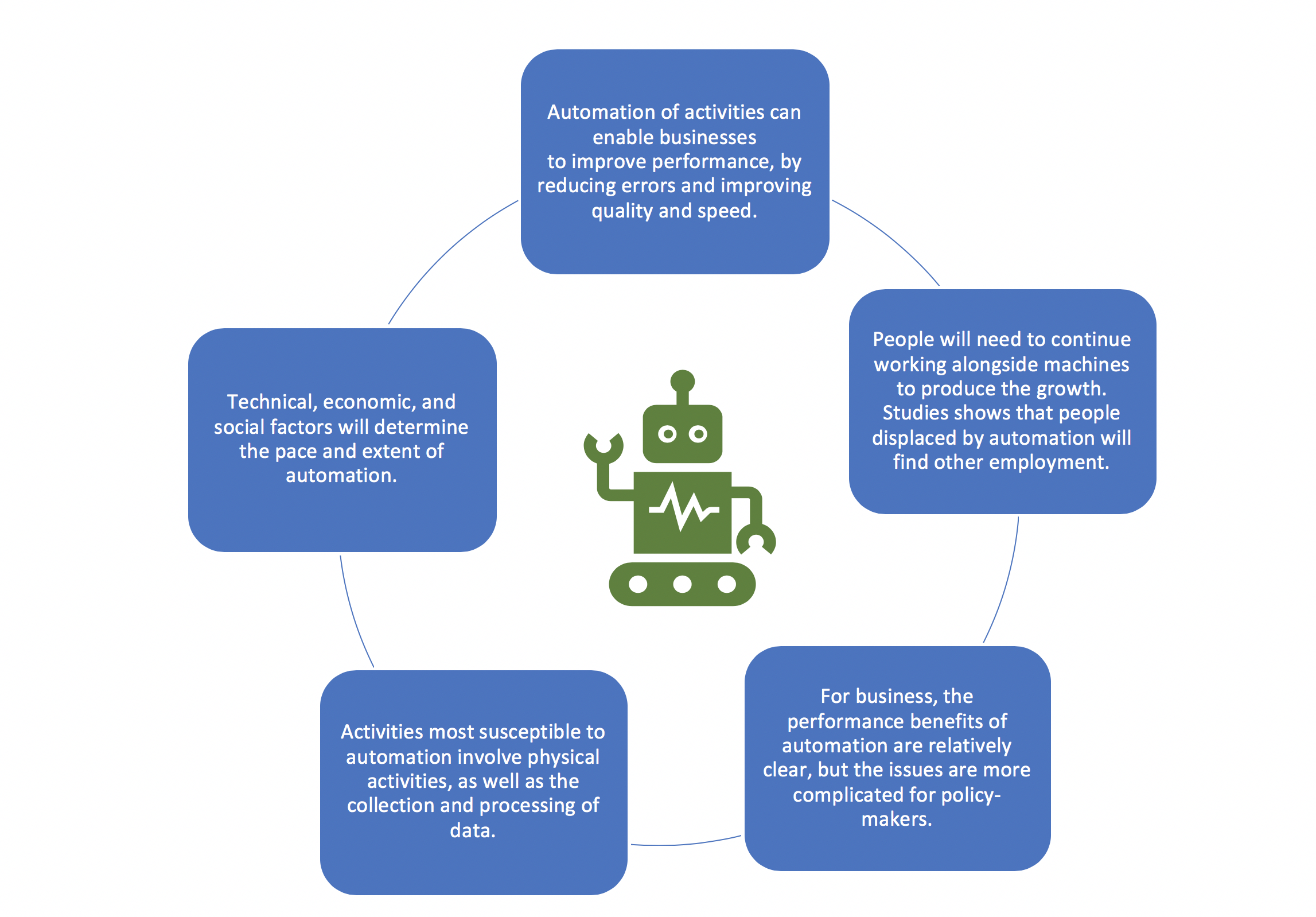The commercial real estate crisis is looming, casting a shadow over the economic landscape as high office vacancy rates and rising interest rates threaten to destabilize the market. With downtown office spaces experiencing vacancy rates between 12 and 23 percent, many experts fear that the financial repercussions could be significant. This crisis is exacerbated by potential bank failures, particularly among smaller institutions that invested heavily in over-leveraged real estate assets. As the economic impact of these challenges unfolds, the pressure on lenders and investors to manage their risk becomes paramount. The convergence of these factors highlights a precarious situation that could reverberate through the broader economy, prompting discussions about the future of commercial real estate and its role in financial stability.
As we navigate through the challenges facing the market for commercial properties, many are beginning to recognize the ramifications of a potential downturn. This sector’s financial turmoil, marked by struggling office spaces and issues surrounding real estate financing, has raised concerns about broader implications for investors and consumers alike. The financial strains on banks, particularly regional ones, highlight a significant vulnerability due to accumulated debt and rising interest rates. Amid this uncertainty, the overall economic stability remains a pressing topic, particularly in light of ongoing discussions around banking reforms and the need for sustainable growth. A closer examination reveals that the complexities of the current situation may extend far beyond mere numbers, impacting millions dependent on a healthy real estate market.
The Impact of Office Vacancy Rates on the Economy
High office vacancy rates have become a focal point of concern for the economic landscape in 2024. In major U.S. cities, such as Boston, vacancy rates hover between 12% and 23%, primarily due to a fundamental shift in workplace dynamics following the pandemic. As many companies reduce or eliminate remote work, the demand for office space remains sluggish, leading to a significant dip in property values. This decline not only impacts real estate investors but could also reverberate through various sectors of the economy, potentially dampening consumer spending and overall economic health.
As vacancy rates continue to rise, financial experts warn of the economic consequences emerging from this oversupply in commercial real estate. A sustained increase in office vacancies can lead to lower property tax revenues for municipalities, which in turn may affect public investment in infrastructure and services. With a considerable portion of commercial mortgage debt coming due in the next few years, there is an urgent need to reevaluate real estate investments and their broader implications for economic stability.
Frequently Asked Questions
How do high office vacancy rates contribute to the commercial real estate crisis?
High office vacancy rates have a direct impact on the commercial real estate crisis by leading to decreased property values and lower rental income for landlords. As businesses adapt to remote work models post-pandemic, the demand for office space has plummeted, creating a surplus of vacant properties. This oversupply, particularly in major cities, can lead to financial strain on landlords and lenders, exacerbating the crisis in the real estate market.
What economic impact is expected from the ongoing commercial real estate crisis?
The economic impact of the commercial real estate crisis could be significant, potentially leading to reduced lending from regional banks and increased financial instability. As property values drop due to high vacancy rates, banks may face higher default rates on loans, especially as $4.7 trillion in commercial mortgage debt comes due. This strain could ripple throughout the economy, affecting consumers and contributing to tighter lending conditions.
Will rising interest rates worsen the commercial real estate crisis?
Yes, rising interest rates could exacerbate the commercial real estate crisis by increasing borrowing costs for property developers and weakening the demand for new commercial investments. As rates rise, refinancing existing loans becomes more difficult, leading to potential defaults and further instability in the real estate market.
Are bank failures a likely outcome of the commercial real estate crisis?
While some bank failures can occur as a result of the commercial real estate crisis, this is not expected to lead to a widespread financial meltdown. Larger banks are better capitalized and regulated, unlike smaller regional banks that may face greater risks. The potential for significant losses in commercial real estate could affect some banks, particularly those heavily invested in this sector.
What factors contributed to the current crisis in the commercial real estate market?
The current crisis in the commercial real estate market can largely be attributed to rapidly rising interest rates and a dramatic shift in demand for office space due to the pandemic. Investors over-leveraged themselves during periods of low rates and are now struggling to adapt to the new market conditions, leading to higher vacancy rates and declining property values.
What strategies can be employed to mitigate the effects of the commercial real estate crisis?
To mitigate the effects of the commercial real estate crisis, policymakers could consider implementing measures such as lowering interest rates or providing targeted assistance to affected banks. Additionally, fostering innovative repurposing of vacant commercial properties could help stabilize the market by converting unused office spaces into residential units or mixed-use developments.
How do high office vacancy rates affect small and regional banks during the commercial real estate crisis?
High office vacancy rates put considerable pressure on small and regional banks that have heavily invested in commercial real estate. With potential defaults on loans rising, these banks could experience increased financial strain, leading to tighter lending practices and reduced economic activity in their regions.
What is the outlook for commercial real estate amidst the current crisis?
The outlook for commercial real estate remains uncertain as high office vacancy rates continue to suppress property values, and rising interest rates may limit new investments. However, certain segments may recover faster, depending on factors such as location, amenities, and adaptability to new use cases. The belief among some investors that interest rates will eventually return to lower levels could provide a glimmer of hope for the sector.
| Key Point | Details |
|---|---|
| High Vacancy Rates | Office building vacancy rates range from 12% to 23% in major U.S. cities, depressing property values. |
| Upcoming Debt Maturities | 20% of $4.7 trillion in commercial mortgage debt comes due this year, raising concerns over bank losses. |
| Potential Impact on Banks | Some firms may face significant equity losses, especially smaller and less regulated banks. |
| Federal Reserve’s Stance | The Fed is hesitant to lower interest rates, complicating the refinancing of commercial real estate loans. |
| Comparison to Past Crises | It’s not expected to lead to a crisis like 2008, although certain segments may suffer. |
| Long-term Outlook | Long-term interest rates are unlikely to fall significantly unless a recession occurs. |
| Impact on Consumers | Potential negative effects on regional banks could hurt consumption and lending but are minimized by a strong job market. |
| Concerns Over Regional Banks | Smaller banks, heavily invested in commercial real estate, are vulnerable to economic shifts. |
| Resilience of Major Banks | Large banks like Citibank and Bank of America are better positioned to handle commercial real estate challenges. |
Summary
The commercial real estate crisis is increasingly concerning as high office vacancy rates continue to depress property values, threatening the financial health of banks tied to the sector. With a substantial amount of commercial mortgage debt maturing soon, experts anticipate potential losses that could ripple through the economy. While some instability is likely, the situation does not resemble the financial crisis of 2008. However, regional banks face significant risks, which could have broader implications due to their exposure to commercial real estate investments. A robust job market and the resilience of larger financial institutions may help mitigate some impacts, but vigilance is crucial in navigating this downturn.



